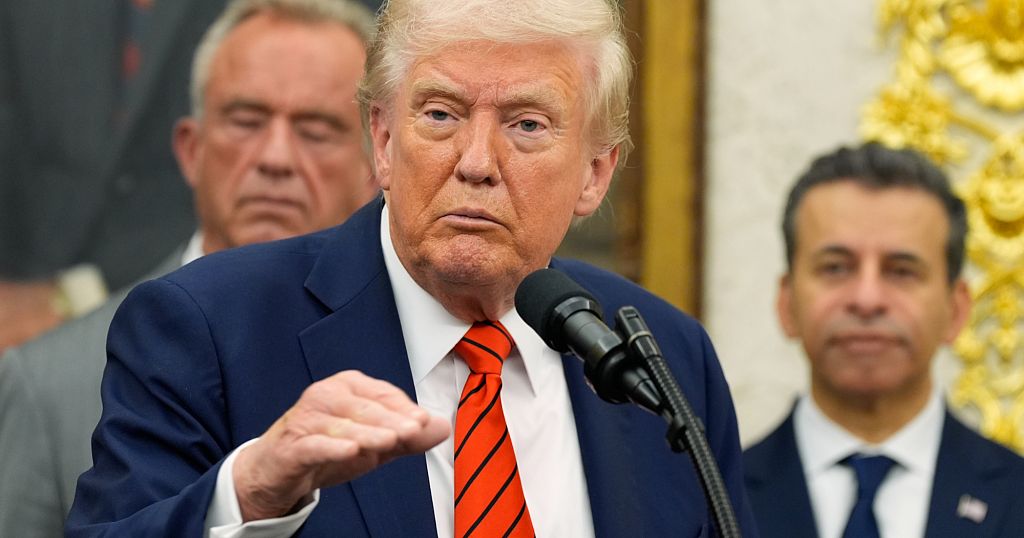US President Donald Trump has announced plans to impose an additional 100% tax on Chinese imports, effective November 1, 2025, or sooner. This move is in response to China’s export controls on rare earth elements. Trump made the announcement on his social media platform, stating that the new tariffs will be applied “over and above any Tariff that they are currently paying.”
The president’s decision has the potential to escalate tariff rates to levels that previously sparked concerns of a global recession. The announcement follows an earlier post by Trump, in which he expressed skepticism about meeting with Chinese leader Xi Jinping during an upcoming trip to South Korea. Trump indicated that there may be no reason to meet with Xi, but did not formally cancel the meeting.
The trip, scheduled for the end of the month, includes stops in Malaysia, Japan, and South Korea, where Trump was expected to meet with Xi ahead of the Asia-Pacific Economic Cooperation summit. While Trump’s wording was definitive, his history of backing down from threats has led some investors to speculate about the outcome. The move has sparked concerns among investors, with some engaging in the so-called “TACO” trade, which refers to the expectation that Trump will ultimately back down from his threats.
The imposition of new tariffs on Chinese imports is the latest development in the ongoing trade tensions between the US and China. The US has already imposed significant tariffs on Chinese goods, and China has responded with its own tariffs on US products. The escalating trade war has sparked concerns about the impact on the global economy, with some warning of a potential recession.
The new tariffs, if implemented, would significantly increase the cost of Chinese imports for US businesses and consumers. This could have a ripple effect throughout the global supply chain, leading to higher prices and reduced demand for certain products. As the situation continues to unfold, investors and businesses will be closely watching for any further developments or signs of a potential resolution to the trade tensions.
